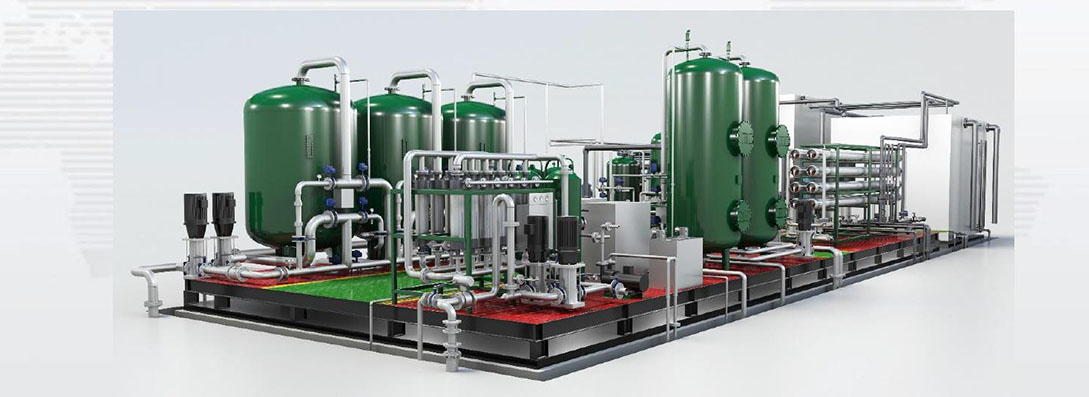Chlorine dioxide has an efficient deodorizing effect
Chlorine dioxide deodorization mechanism
Odorous gases can be divided into 5 categories according to their composition:
1) Sulfur-containing compounds, such as H2S, SO2, mercaptans, thioethers, etc.;
2) Nitrogen-containing compounds, such as ammonia, amines, amides, indole, etc.;
3) Halogens and derivatives, such as chlorine, halogenated hydrocarbons, etc.;
4) Hydrocarbons and aromatic hydrocarbons;
5) Oxygen-containing organic compounds, such as alcohols, phenols, aldehydes, ketones, organic acids, etc.
The odorous gas has a low boiling point and is easily volatile. It evaporates during the day and increases in proportion at night, spreading along the ground. These substances all have active groups, which are prone to chemical reactions and are easily oxidized. When the active groups are oxidized, the odor disappears. Various deodorization processes are based on this principle. The chlorine dioxide molecule is composed of 1 chlorine atom and 2 oxygen atoms, combined with a total of 19 electrons. There is an unpaired active free electron on the outer bond domain, which has a strong oxidizing effect. The use of chlorine dioxide for deodorization is mainly based on the strong oxidizing property of chlorine dioxide. The main components of malodorous gases in general households are H2S and ammonia, both of which can be oxidized and removed by chlorine dioxide. Therefore, chlorine dioxide has good deodorization properties. Effect.
① Oxidation of hydrogen sulfide by chlorine dioxide. In the pH range of 5 to 9, chlorine dioxide quickly oxidizes hydrogen sulfide (H2S) into sulfate (SO42-), that is: 4H2O+8ClO2+H2S→8ClO2-+ SO42-+10H+ In the same way, chlorine dioxide quickly oxidizes sulfur dioxide (SO2) into sulfate (SO42-) in the pH range of 5 to 9, and the same reaction occurs for methyl sulfide.
② The reaction between chlorine dioxide and ammonia Theoretically, the reaction between chlorine dioxide and ammonia can be expressed by the following formula: 6ClO2+NH3+OH-→6ClO2-+N2+H2O Chlorine dioxide does not react with primary amines and mainly reacts with fishy odor The most obvious secondary amines and tertiary amines play an oxidative decomposition role.
③ The reaction between chlorine dioxide and methyl mercaptan. Due to the strong oxidizing property of chlorine dioxide, it can not only eliminate the odor of methyl mercaptan instantly, but also oxidize methyl mercaptan into disulfide or even sulfonic acid or sulfonate. The reaction As follows: 2CH3SH+ClO2→CH3—S—S—CH3+2ClO2-+2H+2CH3SH+ClO2+2OH-→CH3SO3H+ Cl-+H2O Chlorine dioxide and propylene mercaptan, benzyl mercaptan, ethyl mercaptan, p-benzene ~The oxidation reaction mechanism of methyl mercaptan is the same as that of methyl mercaptan. In the same way, chlorine dioxide can oxidize the disulfide group in carbon disulfide into sulfonate ions.
Conclusion The experimental results confirm that chlorine dioxide has a good deodorizing effect and can be oxidized and decomposed using odorous substances (hydrogen sulfide, etc.), showing strong deodorizing ability. At the same time, chlorine dioxide is also a bactericidal disinfectant with excellent performance. It can kill germs, bacteria and other microorganisms while deodorizing. It controls the generation of odor from the source while disinfecting the place, effectively protecting the environment and Personnel health.
Application
Contact Us

Name: Diana
E-mail: [email protected]
Skype: +86-15-22-27-71-011
WeChat: +8615222771011
Whatsapp: +8615222771011
Add: Office N.420D-C1 Tower Ajman,UAE









 Skype Chat
Skype Chat WhatsApp
WhatsApp  Mail inquiry
Mail inquiry
